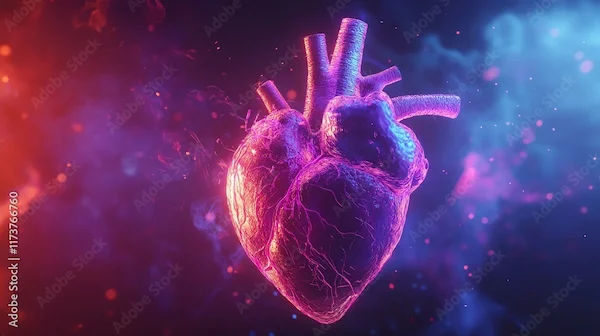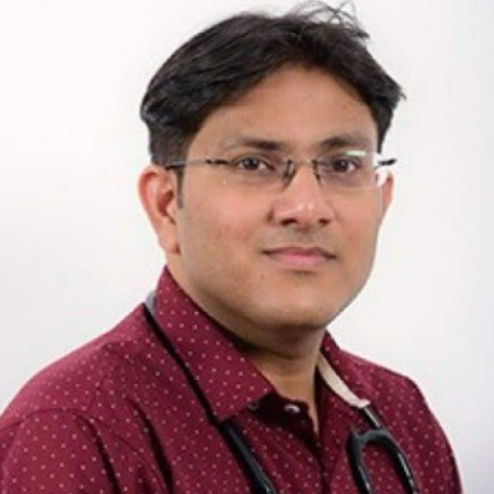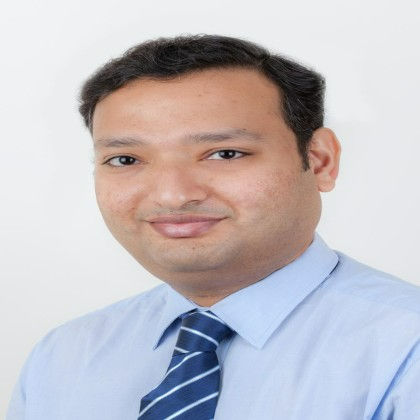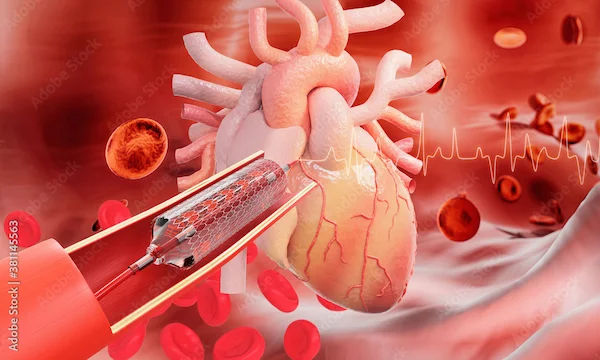Chest Pain After Angioplasty
Chest pain after angioplasty may occur for various reasons. Learn what's normal, when it signals a problem, and how to manage post-procedure discomfort.

Written by
Last updated on 7th Jul, 2025

Introduction
If you or a loved one has recently undergone angioplasty, experiencing chest pain afterwards can be worrying. While angioplasty is a common and effective procedure to open blocked heart arteries, some patients may still feel discomfort in the chest. This article explains why chest pain may occur after angioplasty, what it means, and how to manage it effectively.
Why Does Chest Pain Occur After Angioplasty?
Angioplasty is a procedure where a small balloon or stent is placed in a narrowed or blocked artery to improve blood flow to the heart. While it helps reduce chest pain (angina) caused by blockages, some patients may still experience discomfort afterwards. Here are possible reasons:
1. Normal Healing Process: The artery may be irritated after stent placement, leading to mild soreness or discomfort.
2. Muscle or Rib Pain: Sometimes, lying still during the procedure can cause muscle strain or rib discomfort, which may feel like chest pain.
3. Stent-Related Issues: Rarely, the stent may not expand fully or develop a small clot, causing pain.
Consult Top Cardiologists For More Reasons
4. New or Residual Blockages: If other arteries are still narrowed, they may cause angina-like pain.
5. Heart Spasms (Coronary Artery Spasm): Some people experience temporary tightening of heart arteries, leading to pain.
When Should You Be Concerned?
Not all chest pain after angioplasty is serious, but some signs require immediate medical attention. Seek help if you experience:
Severe, crushing, or pressure-like chest pain similar to a heart attack
Pain spreading to the jaw, neck, shoulders, or arms
Shortness of breath, dizziness, or sweating
Pain lasting more than 15-20 minutes
Irregular heartbeat or fainting
If these symptoms occur, call emergency services or visit the nearest hospital immediately.
Managing Chest Pain After Angioplasty
If your doctor confirms that the pain is not due to a serious complication, here are some ways to manage it:
1. Follow Your Medication Plan
Take prescribed blood thinners like aspirin or clopidogrel to prevent clots.
Use nitroglycerin for sudden chest pain relief.
Manage blood pressure and cholesterol with medications as advised.
2. Adopt a Heart-Healthy Lifestyle
Eat a balanced diet: Focus on fruits, vegetables, whole grains, and lean proteins. Avoid excess salt, sugar, and fried foods.
Exercise regularly: Walking, light jogging, or cardiac rehab exercises help strengthen the heart.
Quit smoking: Smoking worsens heart disease and increases the risk of complications.
Manage stress: Practice deep breathing, meditation, or yoga to reduce anxiety.
3. Monitor Your Symptoms
Keep a diary of chest pain episodes, noting when they occur and what triggers them.
Report any new or worsening symptoms to your doctor.
4. Avoid Overexertion
Gradually return to daily activities but avoid heavy lifting or intense workouts without medical clearance.
When to Follow Up with Your Doctor?
Even if the pain is mild, it’s important to discuss it with your cardiologist. Schedule a follow-up if:
Pain persists despite rest and medications.
You notice an increasing frequency or intensity of discomfort.
You have concerns about recovery or medication side effects.
At Apollo 24|7, you can easily book a consultation with a cardiologist for personalised advice and reassurance.
Conclusion
Chest pain after angioplasty can be unsettling, but it doesn’t always mean something serious. Understanding the possible causes and knowing when to seek help can ease anxiety. By following medical advice, maintaining a heart-healthy lifestyle, and staying in touch with your doctor, you can recover smoothly and reduce future risks.
If you have concerns about chest pain after angioplasty, don’t hesitate to reach out to a healthcare professional. Apollo 24|7 offers expert cardiology consultations and support—book an appointment today for peace of mind.
Consult Top Cardiologists
Consult Top Cardiologists For More Reasons

Dr. Amit. A. Bharadiya
Cardiologist
12 Years • MBBS, MD General Medicine, DNB Cardiology, FSCAI
Maharashtra
Surabhi Hospital, Maharashtra, Maharashtra

Dr. Sumanta Chatterjee
Cardiologist
12 Years • MBBS,MD General Medicine,DM Cardiology
Kolkata
HealthYou Speciality Clinic & Diagnostics., Kolkata
(25+ Patients)
Dr. Jayarajah Mariappan
Cardiologist
45 Years • MBBS, MD(GEN MEDICINE), DM(CARDIOLOGY)
Chennai
Sooriya Hospital, Chennai

Dr. M Sudhakar Rao
Cardiologist
8 Years • MBBS, MD General Medicine, DM Cardiology
Bengaluru
UMC, Kormangla, Bengaluru

Dr. Mangesh Danej
Cardiologist
8 Years • MBBS, MD (General Medicine), DNB (Cardiology)
Pune
Dr Danej clinic, Pune
(375+ Patients)
Consult Top Cardiologists

Dr. Amit. A. Bharadiya
Cardiologist
12 Years • MBBS, MD General Medicine, DNB Cardiology, FSCAI
Maharashtra
Surabhi Hospital, Maharashtra, Maharashtra

Dr. Sumanta Chatterjee
Cardiologist
12 Years • MBBS,MD General Medicine,DM Cardiology
Kolkata
HealthYou Speciality Clinic & Diagnostics., Kolkata
(25+ Patients)
Dr. Jayarajah Mariappan
Cardiologist
45 Years • MBBS, MD(GEN MEDICINE), DM(CARDIOLOGY)
Chennai
Sooriya Hospital, Chennai

Dr. M Sudhakar Rao
Cardiologist
8 Years • MBBS, MD General Medicine, DM Cardiology
Bengaluru
UMC, Kormangla, Bengaluru

Dr. Mangesh Danej
Cardiologist
8 Years • MBBS, MD (General Medicine), DNB (Cardiology)
Pune
Dr Danej clinic, Pune
(375+ Patients)


.webp)
